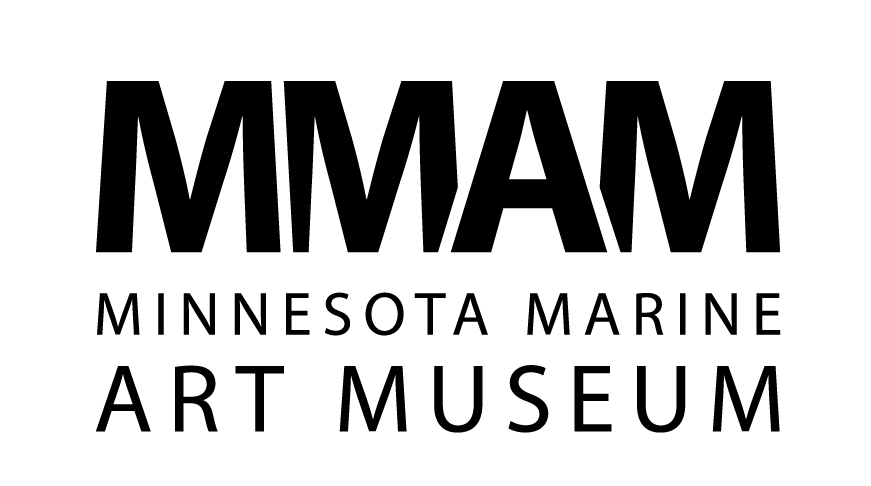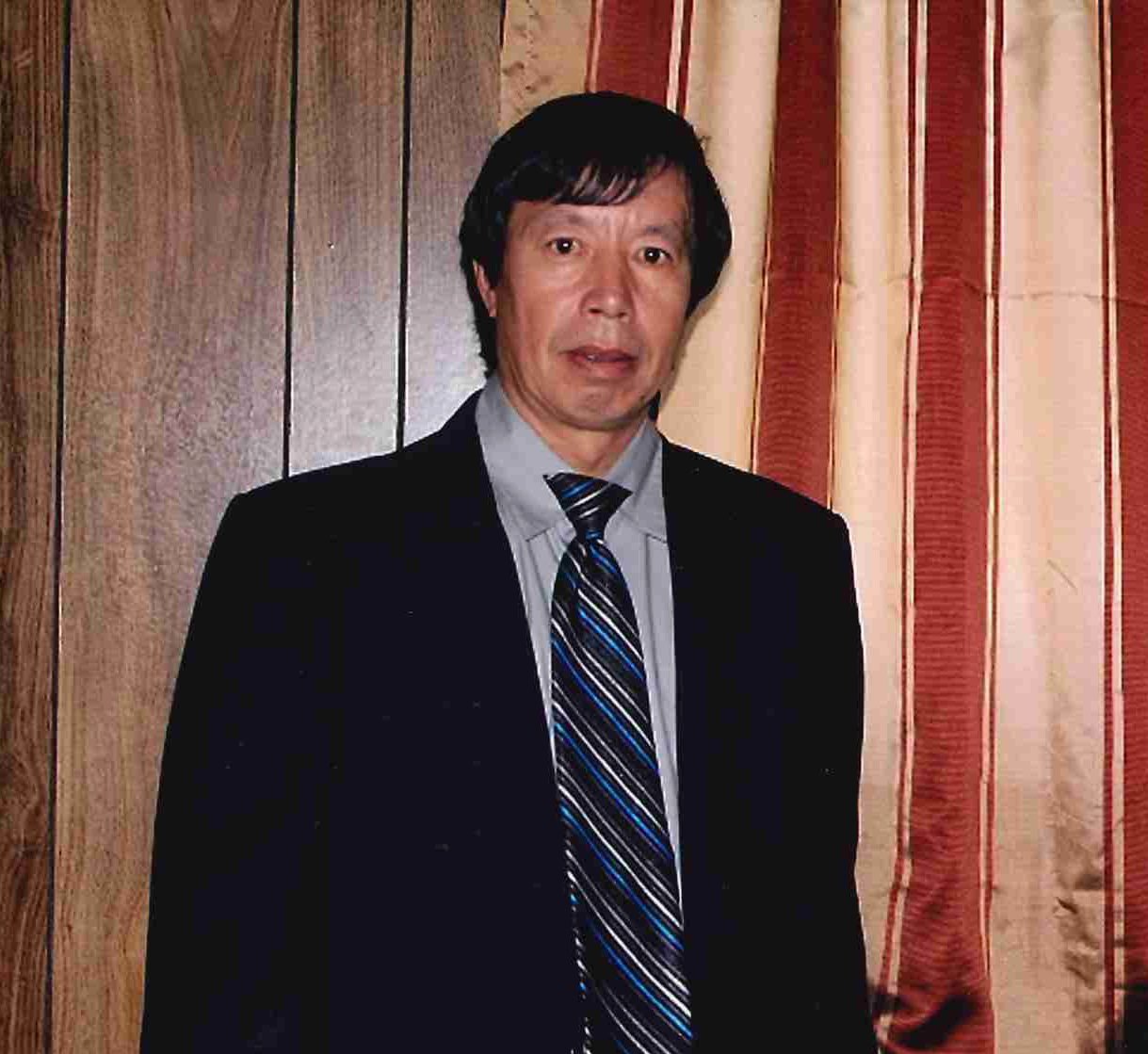The First Hmong Winonans
Neng Vang is a Hmong Winonan who was born in Laos. He shared his story of fleeing Laos, becoming a refugee in Thailand, and immigrating to the United States, as part of the exhibition Cloth as Community: Hmong Textiles in America, which is on display through May 22, 2022 at the Minnesota Marine Art Museum.
In the late 1960s, when the Vietnam War spread to Laos, the United States military recruited the Hmong people to aid in their fight against communism. At the conclusion of the war in 1975, Neng Vang and his family were forced to flee Laos into Thailand by swimming across the Mekong River. He would remain in a refugee camp in Thailand until immigrating to the United States in 1984. In 1990, he, along with his family, were the first Hmong residents to settle in Winona, Minnesota. The following is his story, taken from an interview in the fall of 2021, as translated by Chong Sher Vang of Project FINE. The text has been edited for length and clarity.
“I came from Laos, but the reason I came is because of the Vietnam War. And it’s not just happening in Vietnam, it also occurred in Laos, Cambodia, the three surrounding countries. I had been involved with the American soldiers back then, I had been in service for about two years or so. In Laos we [Hmong]don’t have a very high population, a majority of us had been involved with the Americans.
After we lost the war, the Communists took over and we didn’t have the option to stay, we had to move. They had taken some of our leaders who had been involved in the war, they said they were taken for “training,” and you know what that means. “Training” and they would never come back. Many of us had to cross the Mekong River and had gone into Thailand to reside there, because many of our leaders had to move to Thailand to seek refuge in that location.
The United Nations talked to the Thai government and they had set up different camps, so the Hmong people will be in separate camps from the Laotian refugees. Some of them [Hmong] had families back in Laos, they decided not to come here [to Thailand]. They went back to the jungle to resist the Communists from taking over. Their survival, it’s hard. While in the camp in Thailand, the United Nations had funding to provide schooling, helped us with food, supplies, and a nurse to get help.
Hmong refugees crossing the Mekong River from Laos to Thailand. Artist unknown, c. 1980. Courtesy of Danya Espinosa.
Many countries were willing to open the door for us refugees to their country. The biggest is America. France, Canada, Australia, these are the countries that a majority of Hmong people have gone to. There are other places, too, but a smaller number of Hmong people went to those countries. For those of us who have been involved in supporting the Americans during the war, they came and offered us to come here [USA]. But then we have to go by priorities, who had been involved in the war.
1983, that’s when my name came out. We had a total of nine people at the time, my wife and I only had two children, along with my siblings, and my father and mother. I brought them all here, we came together. I had one brother, he came a little bit early, he came in 1979. He came and lived here in Minnesota. Before I came, he helped me out, looked for a sponsor for my family. After that we came straight to Saint Paul. We got here September 28, 1984. For Hmong people, we tend to stay close to our family members. Our families; mother, father, grandparents, cousins, we tend to be close to each other.
Not just my brother, he provided immediate support in the home, but then there are also other places, such as the International Institute of Minnesota, that helps people find places and get settled into the area. The Institute contacts different places that are willing to donate. So we go to places to get clothes, find beds, furniture, things that are needed in the home. They’re helping people to get connected to the different services and apply to human services for financial support, and also for food support and to help with rental payments. They don’t provide a lot, but enough for us to get by.
When I came to this country I knew some English. When I came here I went to technical school to better myself in speaking English. I studied for two years, and after graduation I was able to find a job. I lived there [Saint Paul] from 1984 to 1990. We had three more kids [in Saint Paul], plus the other two, so a total five children together.
It’s a challenge because places like that you have traffic, cars moving, it’s very close. So it’s tough for us. At that time one sister-in-law, they came to school in Winona. And then I came to visit them and visit the town. I see the entrance for auto, for home, things in the area here seem more reasonable compared to the big city. I decided to take my family here, to live here, so my kids could go to school, and I found a job here. Since then other relatives moved here. Many of the first few knew me, so they came.
For us it’s a small community, and even though our last name is not the same, we're from the same ethnic group, so we’re kind of knitted together as a big family. We started to form a Hmong organization. They said that I am the first one here, so they nominated me to be the president of our organization at the time.
In large communities, like the metro area, there are a lot of different people so it was easier there. Here in a small community, in the beginning, it was a little bit difficult. The people haven’t gotten used to different ethnic groups moving in. They were fearful, too, at times. So, for me, it was a challenge during those times. But after that, they know, they learn, and realize who we are and we started having friendships, and things worked out well.
Tom [Slaggie], being the mayor back then, had been in Vietnam during the conflict, and so they know about us. They invited us to walk during Veterans Day to celebrate those times. So the leaders in the community knew who we are and why we’re here. I have great respect for the community here and I feel like there are things for me to do here. The important thing is being patient and being willing. At the end, we all know each other and are good. With good leadership we started to know each other and are getting to know more and more people.
My children that grew up here seemed to do well. They integrated well. There were no issues with other kids. Right now I have twelve grandkids, ten boys and two girls. All five of my children speak Hmong. They learned English, and speak very fluent English, but they also know fluent Hmong, too. Some things in the culture I teach to my children and if they don’t want to keep it, that’s fine, but I will let them know what we are and who we are so that they can teach their children, and their children can teach their children.
The way to get here from Laos, people faced different tragedies. Some people died on the way, some people fell in the water, drowned, and never got out. Different things happened to different people, but I am fortunate to get here.”

